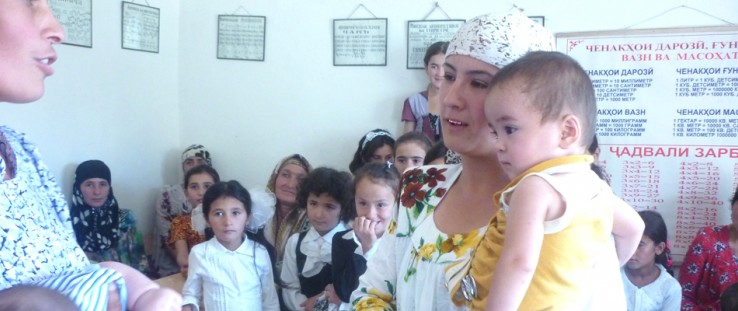 Children watch as women celebrate Breastfeeding Day in Hissor, Tajikistan.
Mercy Corps Tajikistan
Children watch as women celebrate Breastfeeding Day in Hissor, Tajikistan.
Mercy Corps Tajikistan
 Children watch as women celebrate Breastfeeding Day in Hissor, Tajikistan.
Mercy Corps Tajikistan
Children watch as women celebrate Breastfeeding Day in Hissor, Tajikistan.
Mercy Corps Tajikistan
Berdieva Adolat, the mother of seven grown children, is long past the days of breastfeeding. Still, she has gained some new knowledge on the matter and is not shy about sharing it.
“Now I understand that if a child cries, the mom needs to immediately breastfeed him first,” she said. “Since attending health education sessions, I instruct my two daughters-in-law to breastfeed their small kids frequently.”
The sessions in question were sponsored by USAID in an effort to promote exclusive breastfeeding to new mothers—and the people who support them—in the weeks and months before and after giving birth. Because antibodies are transferred from mother to child via breast milk, breastfeeding significantly increases an infant’s resistance to diseases, including respiratory infections, which contribute significantly to infant and child mortality. Breast milk is also naturally high in vitamin A and provides sufficient amounts to combat deficiencies that can lead to stunting and early death in infants and children.
Children who are not breast-fed are two times more likely to suffer life-threatening diarrhea and pneumonia than breastfed children. Infants and children in Tajikistan are particularly susceptible to diarrhea due to limited access to clean water.
In 2008, USAID first launched the Tajikistan Maternal and Child Health Project in Sughd province and Hissor district. Today, nearly 81 percent of women in those areas practice exclusive breastfeeding, a large increase over the 37 percent figure when the project started.
Experts say breastfeeding is a simple, yet powerful method to decrease childhood stunting and mortality rates. In Sughd alone, 27 percent of children are stunted. And in the entire country, 34 out of every 1,000 children die before their first birthday, with undernutrition thought to be a significant contributor.
The World Health Organization recommends that a child be breastfed within one hour of birth, then exclusively breastfed for the first six months of life, with continued breastfeeding and supplemental food until age 2.
A Break with Tradition
Breastfeeding rates had stayed low in Sughd and Hissor because health workers—mainly midwives or nurses—recommended new mothers use formula, porridge or purees if the mother believed she did not produce enough milk.
Most mothers knew the benefits of breastfeeding, but very few understood the concept of exclusive breastfeeding. Many mothers offered sweetened water or tea before offering breast milk.
Dilorom Ashurova, a 38-year-old mother of three from Hissor, said, “I gave my older children sweets, water and biscuits when they were babies and they frequently fell sick. I decided to exclusively breastfeed my 4-month-old child. As a result, my youngest child is healthy and growing well.”
To promote exclusive breastfeeding, USAID included older women and men in addition to young mothers in the educational effort. Mothers-in-law and older women in the community pass down knowledge and beliefs about child rearing to the current generation of mothers so it was important to educate them about optimum breastfeeding. And because men make important decisions regarding child care methods and health practices in the household, they also needed to be included in the process.
The effort trained community health educators selected by the community to serve as volunteer mentors to other women. The educators organized community health sessions and provided one-on-one mentoring during regular home visits with mothers of young children. They also initiated birth planning with pregnant women and their husbands. These sessions created the opportunity for expecting mothers to plan, ask questions and make decisions about the birthing process and care of their new infant, including the decision to breastfeed exclusively for the first six months.
USAID trained local doctors to advise mothers and caregivers about breastfeeding. The effort also targeted school teachers, religious leaders and local government officials.
“The integration of several simultaneous approaches meant the mothers heard the same advice from multiple community leaders at different levels,” said Ramesh Singh, chief of party for Mercy Corps, the project implementer. “It was also very important that we included men and mothers-in-law in our outreach because they are often the primary decision makers in the household, even regarding child-rearing practices.”
USAID has expanded the project to Khatlon province in southern Tajikistan, where U.S. Government Feed the Future efforts are intensely focused on reversing the highest rates of undernutrition in the country.
Improved exclusive breastfeeding practices, along with continued breastfeeding for up to two years or beyond, could annually save the lives of 1.5 million children under age 5 globally.
Children like Dilnoza Karimova’s youngest. Karimova attended one of USAID’s education sessions and realized she could provide better nutrition to her children through exclusive breastfeeding.
“I always gave my first child water during the hot season because I thought she was thirsty,” she said. “Actually, nobody told me about the benefit of exclusive breastfeeding. I have stopped giving my second child water because I now realize that breast milk has water in it.”







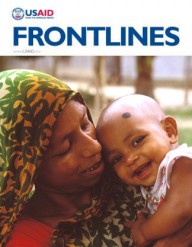

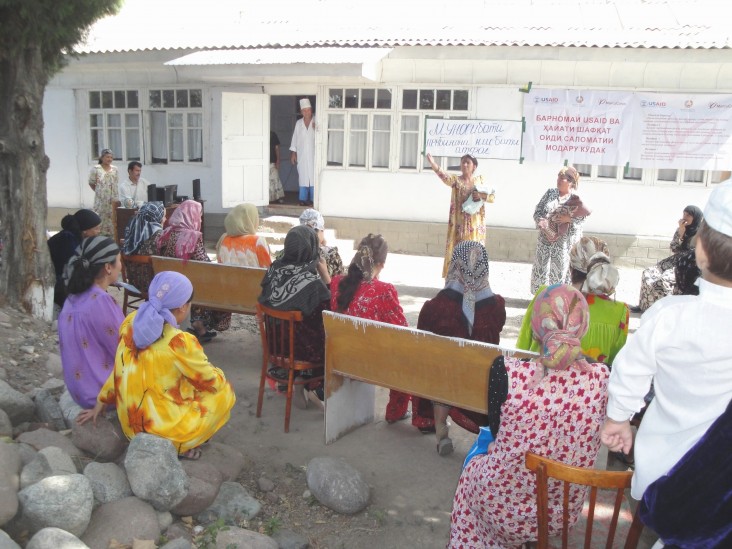

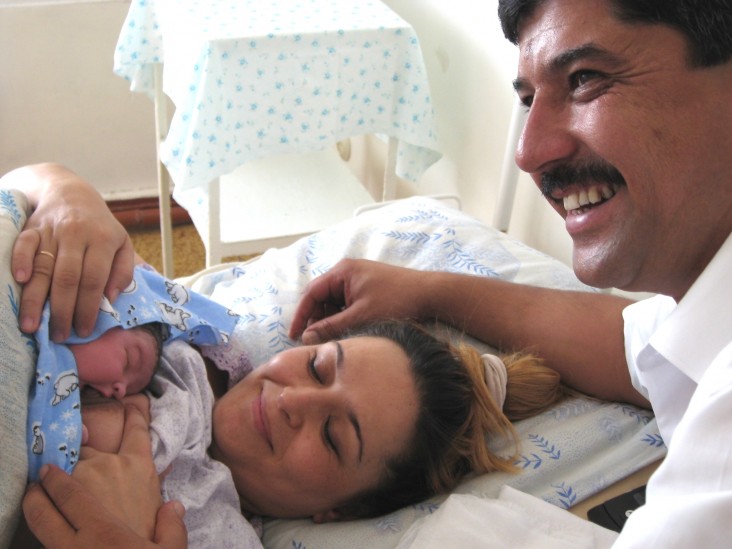
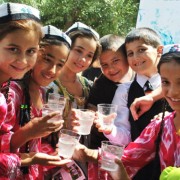

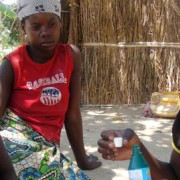
Comment
Make a general inquiry or suggest an improvement.